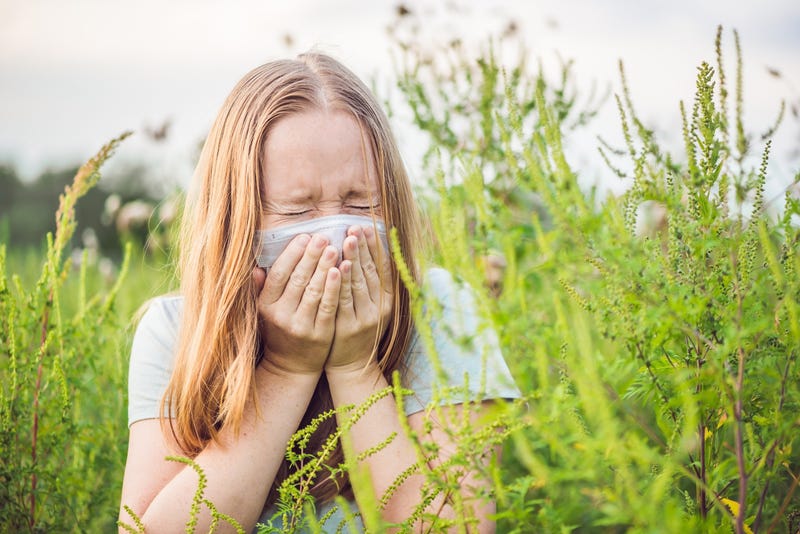
This is going to be a bad year for people who suffer from fall allergies. There's been enough drought in the Midwest to create ideal conditions for ragweed to grow, and those with hay fever will certainly notice it.
"A lot of people refer to it as hay fever, but it's normally ragweed that causes a problem," says Dr. Douglas McMahon with the Allergy and Asthma Center of Minnesota.
Whatever you call it, it's bad this year. Ragweed prefers hot, dry weather, and Minnesota has had that all summer. That makes it ripe for weeds. According to pollen.com, 40% of the country in medium-high status. The news is worse if you're in the Midwest and Great Lakes areas where the status is already high.
McMahon says there are some good over the counter medications that can help.
"Zyrtec tends to work the best, it'll help a lot with the sneezing, itchy eyes, itchy nose," explains McMahon. "However some people can get tired on it, so then I would move down to Claritin. If you're still getting tired on that move down to Allegra."
McMahon says if your allergy symptoms get really bad you should see an allergy doctor. He says you might be eligible for medications that can even ward off ragweed completely.
An allergic response is basically the body noticing something and not wanting it around. The body will do what it can to remove the allergen which can include sneezing and producing mucous to get it out of the nose. You can get swelling which happens in order to prevent it from coming back into the nose.
Ragweed season usually starts in early August and ends in mid-October. Some researchers do think climate change may be extending that season. Everywhere in the U.S. has ragweed. It's most common in the East and Midwest however.
During ragweed season, one plant can release a billion grains of it into the air. That sentence alone might get you sneezing.
Tips for Mitigating Exposure To Ragweed
Track pollen counts: Check them in the newspaper or on the web (pollen.com has a robust tracker). That can help you stay inside more when they're high.
Avoid peak ragweed hours: Pollen counts are lower in the early morning and late afternoon so avoid the 10:00 a.m. and 3:00 p.m. hours.
Close your windows: Using central air conditioning with a HEPA filter will keep you cool and help filter out pollen.
Change your clothes: After being outside, ragweed can stick to skin or clothing.
Don't dry laundry outside: It will pick up ragweed pollen.
Try a nasal rinse: Neti pots or nasal rinses can be effective and clearning pollen out of your nose (make sure you use them as directed).
